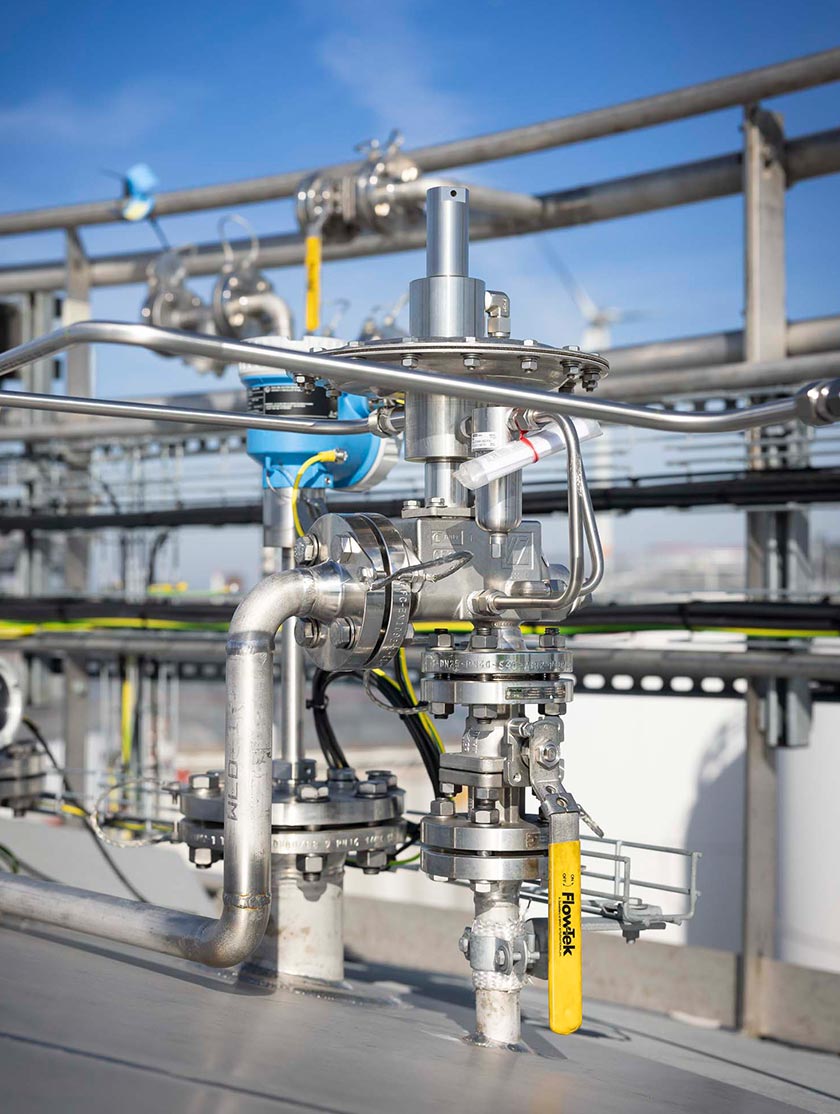Demystifying Pressure Reducing Regulators: Exploring Common Misconceptions
Pressure regulators are an important and commonly used component in many industrial and commercial applications. These devices are designed to reduce and regulate the pressure of a gas or liquid flowing through a pipeline or system. However, there are several misconceptions about pressure regulators that can lead to confusion and misinformation. In this blog post, we’ll discuss some common misconceptions about pressure regulators and explain how they actually work.
Common Misconceptions About Pressure Regulators
Misconception #1: Pressure Regulators Are Only Designed for High-Pressure Applications
Many people think that pressure regulators are only necessary for high-pressure applications, but in reality, they can be used in low-pressure systems as well. Pressure regulators are often used in high-pressure gas lines, but they can also be used to reduce and regulate pressure in residential water systems, compressed air systems, and many other low-pressure applications.
Misconception #2: All Pressure Regulators Are the Same
There are actually several different types of pressure regulators available, each designed for specific applications and environments. For example:
- Direct-acting regulators use a spring and diaphragm mechanism to regulate pressure.
- Pilot-operated regulators use a pilot valve to control the opening and closing of the main valve.
It is important to select the right type of regulator for your specific needs to ensure optimum performance and reliability.
Misconception #3: Pressure Regulators Are Only Necessary to Maintain Constant Pressure
While it is true that one of the primary functions of pressure regulators is to maintain constant pressure, they also serve other important purposes. Pressure reducing regulators can also protect equipment and piping by reducing the stress and strain caused by pressure fluctuations. They can also prevent equipment damage and maintain a constant flow rate, resulting in increased efficiency and cost savings.
Misconception #4: Pressure Reducing Regulators Are Not Important for Safety
On the contrary, pressure regulators play a vital role in ensuring the safety of piping and equipment. By maintaining safe and constant pressure levels, pressure reducing regulators can prevent catastrophic failures and accidents. They also come with built-in safety features, such as pressure relief valves, to protect against overpressure.
Summary
In short, pressure regulators are essential components in many industrial and commercial applications. They are not limited to high-pressure systems; they come in a variety of types, serve multiple purposes, and are crucial to safety. It is important to understand these common misconceptions so that you can choose the right pressure regulator for your specific needs.
For more information about Cashco's versatile Pressure Reducing Regulators, view all models here .
Cashco's priority is to make sure you select the right product for your application. Need help choosing the right regulator? Contact us and our team will be happy to help you find the right product!



